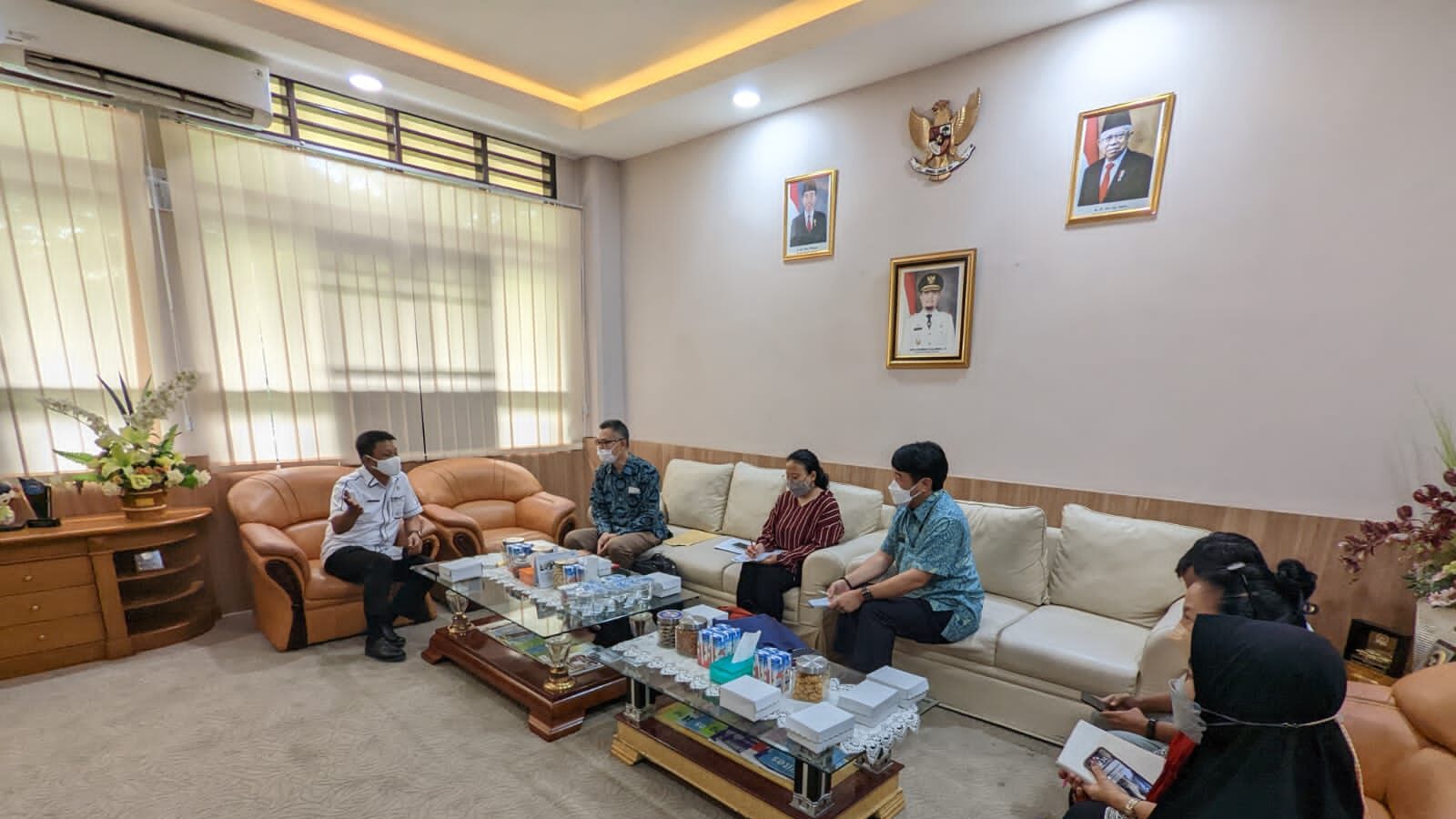National “Blue Economy for Food Security”
2022-12 · jiim_admin
The concept of Indonesia’s blue economy is based on the sea potential of the archipelagic nation Indonesia thus needs the preservation of marine resources which will have an impact on sustainable food reserves. This is in line with the policy objectives national marine development listed in the RPJPN 2005-2025 on the mission seventh, namely realizing Indonesia to be an archipelagic country that is independent, advanced, strong, and based on national interests through maritime economic development environmentally friendly sustainability.
As a consensus, the blue economy is recognized as an environmentally sound utilization system for marine resources support economic growth, welfare, and livelihoods all at the same time preservation of marine ecosystems.
Meanwhile, according to The Food and Agriculture Organization (FAO) 2022, on 2020, the top ten producers who account for more than 50 percent of total maritime is China, which is about 15 percent, followed by Indonesia, about 8.2 percent. The next top producer is Peru (about 7.1 percent), Russian Federation (approx. 6.1 percent), United States (approx. 5.4 percent), India (approx 4.7 percent), Vietnam (approx. 4.2 percent), Japan (approx. 3 percent), Norway (approx. 2percent), as well as Bangladesh (about 2 percent).
As a country that has a coastline the second longest in the world, namely 108,000 km (Ministry of Maritime Affairs and Fisheries, 2022) and at the same time the second largest fishery producer in the world (FAO, 2022), Indonesia has the potential of marine resources for national food security.
Source: Indonesian Statistics Center